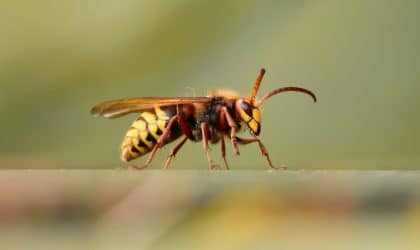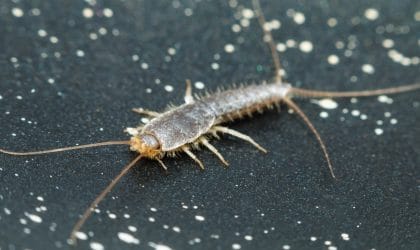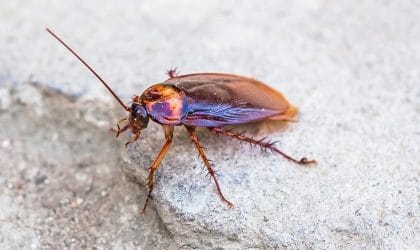Is that a Mosquito or Tick Bite? How to Tell Their Bites Apart
So you've found a bite, but don't know how to tell if it's a mosquito or a tick bite? Learn how to tell these two bites apart, and when it's time to see the doctor versus just reach for some cortisone cream.
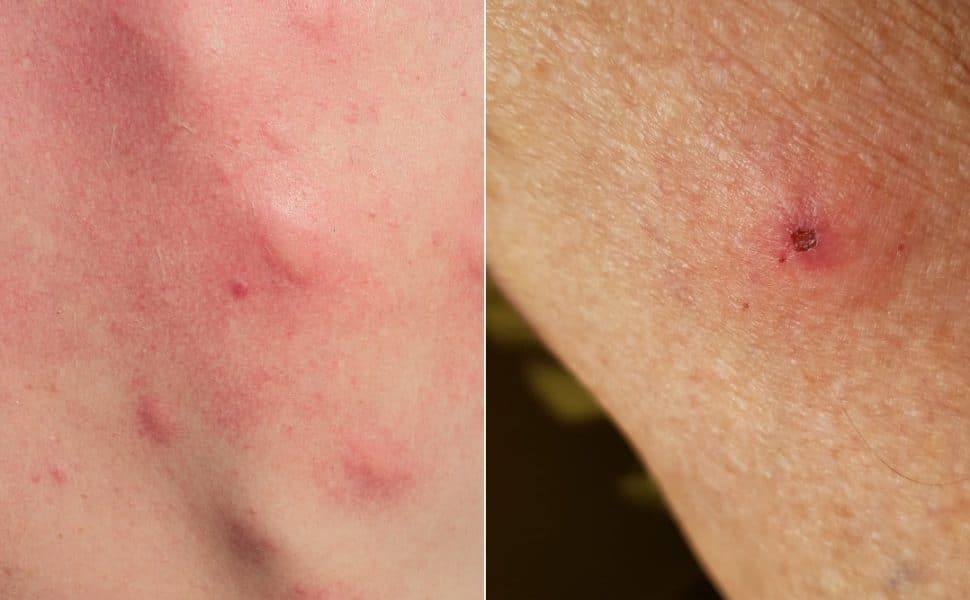
Even though almost all bug bites look the same, there’s still a real need for you to be able to determine what actually bit you, since a lot of pest bites result into deadly diseases.
Two of the most well-known disease-carrying biters are mosquitoes and ticks. These two may both feed on blood, but they don’t leave the same bite marks. And since these two are vectors for life-threatening conditions, it’s high time you look at that mark on your arm and ask yourself. Is that a mosquito or tick bite?
While mosquito bites do look similar to others, they have some distinct traits. Mosquito bites are small itchy red bumps while tick bites can become large welts with rings outside them (when they’re infected with Lyme disease).
Differences in Appearance
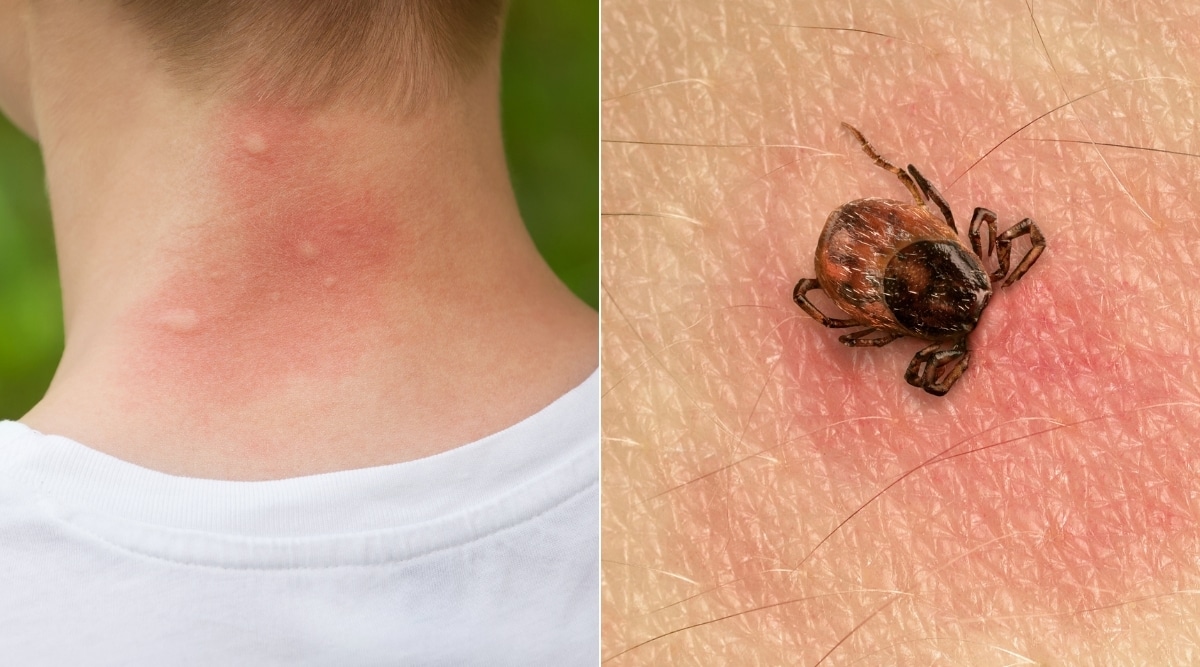
The key to identifying a bite is to examine it closely. What does it look like? Is there some sort of pattern it follows? Or it is it just one big red mess on your skin?
Unlike bed bug bites, mosquito bites appear anywhere. They don’t follow a particular pattern on where they show up on your body. These are red or pinkish bumps that are misshapen and flat. And if you have dark skin, the bites won’t be red. They’ll just take on a lighter hue compared to normal skin color.
Mosquito bites also grow bigger with every passing minute. However, this isn’t bad news. The growth is actually an indication of the bite healing. The faster it grows, the faster it heals. And you won’t have to wait long though, since mosquito bites disappear within minutes. Sometimes they stick around longer, but typically only when infected.
As for ticks, their bites are darker and bigger. The mark, itself, is a huge flat red or pink circle with what looks like an ‘eye’ in the middle. That eye is a tiny swollen portion of the skin that’s been clinched together by the tick’s mouthparts. It also seems like it’s been dug into. That’s because ticks bite differently. They burrow into your skin to get the most out of their feeding time.
Tick bites are also indicators of the disease they carry. For example, you’ll know you’ve just been infected by Lyme disease if the bite includes rings around it, just like how a bull’s-eye would look like.
Differences in How They Feel
As for how their bites feel, there’s also a very big difference between mosquitoes and ticks.
A mosquito’s bite is very itchy. When it has inserted its straw-like mouthpart into your skin, you’ll automatically feel a slight pain and intense itchiness. The sensation doesn’t last long, but it’s very uncomfortable.
In contrast, tick bites don’t feel a thing in its early stages. That’s because while the tick sucks blood away, it secrets a kind of painkiller called kininases. This numbs the discomfort and itchiness, enabling the arachnid to keep its feeding time hidden and away from being disrupted. The painkiller does wear off though, and it eventually leaves an itchy giant bump.
Because of this natural painkiller, unnoticed ticks usually cling to their hosts for days. According to the Tick Encounter Resource Center, if they remain undisturbed, tick larvae can feed for about 3 days, nymphs for 3 to 4 days, and adult females for 7 to 10 days – all attached to the skin!
How to Treat Mosquito and Tick Bites
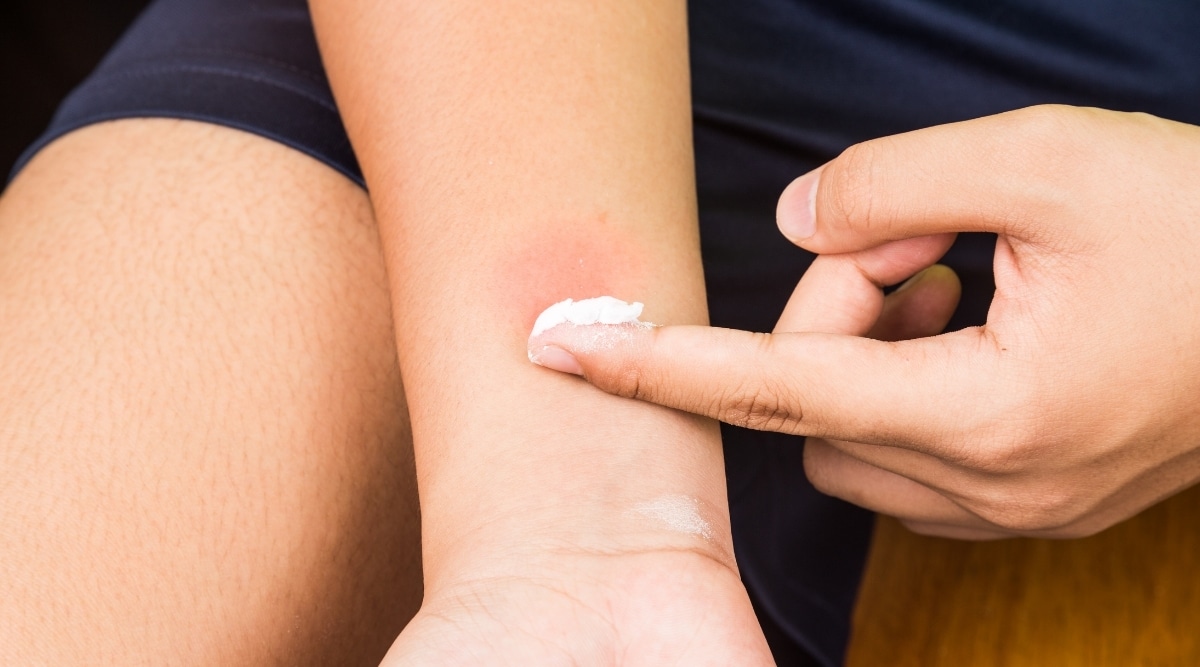
Now that you know how to identify the two bites, it’s time for you to learn what to do with them. Just follow these simple tips on how to treat mosquito and tick bites, and you’ll eventually feel better.
Mosquito Bites
- Generally, harmless bites disappear after a few minutes, so you don’t have to do anything to them.
- To stop the itchiness fast, rub salt or baking soda directly unto the bite.
- You can also apply calamine lotion to the affected area.
- Ice and honey are mild remedies, so they work wonderfully on a baby’s skin.
Tick Bites
- According to WebMD, if you see a tick still attached to you, never try to smother it with petroleum jelly, nail polish, rubbing alcohol or gasoline as this may increase the risk of infection.
- Instead, use a fine tweezer to get it out.
- Use gloves to remove a tick, not with your bare hands.
- You should also wash your hands with soap and water to get rid of any infection that that tick might have.
- Wash the bite mark with warm water to stop some of the swelling.
- Apply a thin layer of Vaseline, and wrap it with a bandage.
Whatever you do, pay attention to your body after the bite. Are you feeling okay? Or feverish? If you feel nauseated, go see a doctor immediately.
Do remember though, there are varying degrees of bite reactions. Some people have none. Some have small reactions while some get an outbreak of welts because they have Skeeter’s Syndrome. But when it comes to a mosquito or tick bite, you have to be vigilant since they both carry deadly diseases.
Share this post
Save time and money on pest control
Subscribe to expert DIY pest control tips, pest control product reviews and information.

